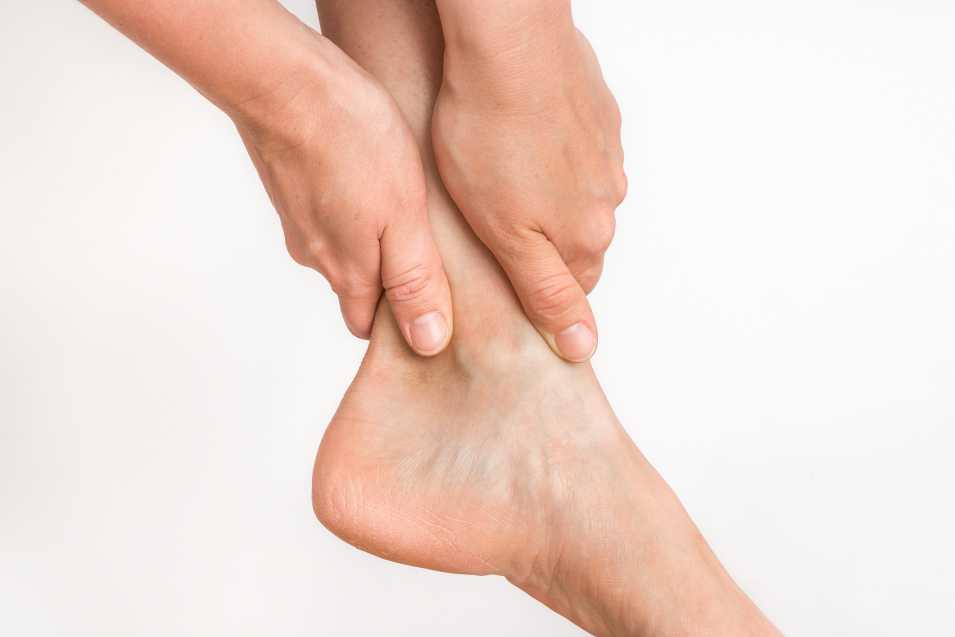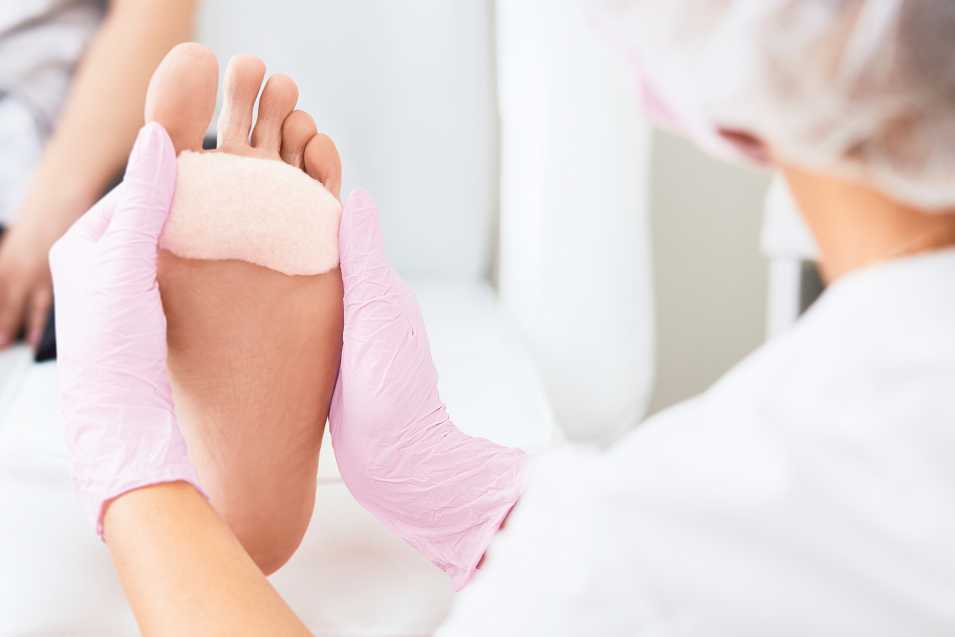Diabetic foot ulcers can lead to longer healing times, infections, and even amputations in severe cases. Fortunately, new treatments made possible by research and development in wound care have allowed patients to heal more quickly and prevent severe consequences.
One of these treatments is negative pressure wound therapy, which has shown promising results for diabetic foot ulcers. In this article, I will explore what negative pressure wound therapy is, how it works for diabetic foot ulcers, its benefits, research studies on its effectiveness, what to expect during treatment, how it compares to other wound healing treatments, and possible side effects.
Negative Pressure Wound Therapy (NPWT)
Negative pressure wound therapy is a non-invasive treatment that uses a vacuum to promote wound healing. A special dressing is applied over the wound, and a vacuum pump is attached to create negative pressure in the wound bed. This negative pressure helps remove excess fluid and debris from the wound, increase blood flow, and promote new tissue growth.
NPWT can be used for various wounds, including diabetic foot ulcers. Poor circulation, nerve damage, and weakened immune function can all contribute to diabetic foot ulcers, a common consequence of diabetes. These ulcers can be difficult to treat, as they often do not respond to traditional wound care methods.
How Does Negative Pressure Wound Therapy Work for Diabetic Foot Ulcers?
NPWT works for diabetic foot ulcers by promoting wound healing through several mechanisms. First, the negative pressure helps remove excess fluid and debris from the wound, reducing inflammation and preventing infection. Second, the vacuum creates a moist environment in the wound bed, promoting new tissue growth. Third, the increased blood flow to the wound site can provide the necessary nutrients and oxygen for healing.
NPWT can be combined with other wound care treatments, such as debridement and antibiotics, to further promote healing.

Benefits of Negative Pressure Wound Therapy for Diabetic Foot Ulcers
The benefits of NPWT for diabetic foot ulcers are numerous. First, it can reduce healing time and improve the chances of wound closure. In a study of 342 patients with diabetic foot ulcers, those who received NPWT had a significantly higher rate of wound closure than those who received standard wound care.
Second, NPWT can reduce the risk of infection. Diabetic foot ulcers are highly susceptible to infection, which can lead to serious complications. NPWT can help to create a sterile environment in the wound bed and remove bacteria and other pathogens.
Third, NPWT can improve quality of life for patients. Diabetic foot ulcers can be painful and limit mobility, impacting daily activities. NPWT can help reduce pain and improve mobility, allowing patients to return to normal activities.
Research Studies on the Effectiveness of Negative Pressure Wound Therapy for Diabetic Foot Ulcers
Several research studies have evaluated the effectiveness of NPWT for diabetic foot ulcers. In a randomized controlled trial of 162 patients, those who received NPWT had a significantly higher rate of wound closure at 12 weeks than those who received standard wound care. Another study of 90 patients with diabetic foot ulcers found that those who received NPWT had a significantly shorter healing time and lower amputation rate than those who received standard wound care.
A systematic review and meta-analysis of 38 studies found that NPWT was associated with a higher rate of wound closure and shorter healing time than standard wound care. These studies provide strong evidence for the effectiveness of NPWT for diabetic foot ulcers.
What to Expect During the Negative Pressure Wound Therapy Treatment
During NPWT treatment, a special dressing is applied over the wound, and a vacuum pump is attached to create negative pressure in the wound bed. The dressing is changed every 2-3 days, and the vacuum pump is adjusted as needed to maintain the desired negative pressure.
Patients may experience discomfort during NPWT treatment, such as pain or itching. However, these side effects are usually mild and can be managed with pain medication or other treatments.
Comparison of Negative Pressure Wound Therapy with Other Wound Healing Treatments
NPWT is not the only treatment available for diabetic foot ulcers. Other treatments include standard wound care, advanced dressing, and hyperbaric oxygen therapy.
Standard wound care involves cleaning the wound and applying a dressing. Advanced wound dressings can provide additional benefits, such as promoting moisture balance in the wound bed or reducing odor.
In hyperbaric oxygen therapy, the patient is placed in a pressurized chamber and subjected to 100 percent oxygen. This increases the quantity of oxygen that is present in the blood and speeds up the healing process of wounds.
While these treatments can be effective for diabetic foot ulcers, NPWT has several advantages. It can promote wound closure and reduce the risk of infection, and it can be combined with other wound care treatments.
Possible Side Effects of Negative Pressure Wound Therapy
Like any medical treatment, NPWT can have side effects. However, these side effects are usually mild and can be managed appropriately. Some possible side effects of NPWT include pain or discomfort, itching, bleeding, and skin irritation. Patients may also experience a sensation of pressure or suction at the wound site.
In rare cases, NPWT can lead to complications such as bleeding or infection. However, these rare complications can usually be managed with appropriate care.
NPWT is a promising treatment for diabetic foot ulcers. It can promote wound healing, reduce the risk of infection, and improve quality of life for patients. Several research studies have demonstrated its effectiveness, and it can be combined with other wound care treatments. While it may have some side effects, they are usually mild and can be managed appropriately.
